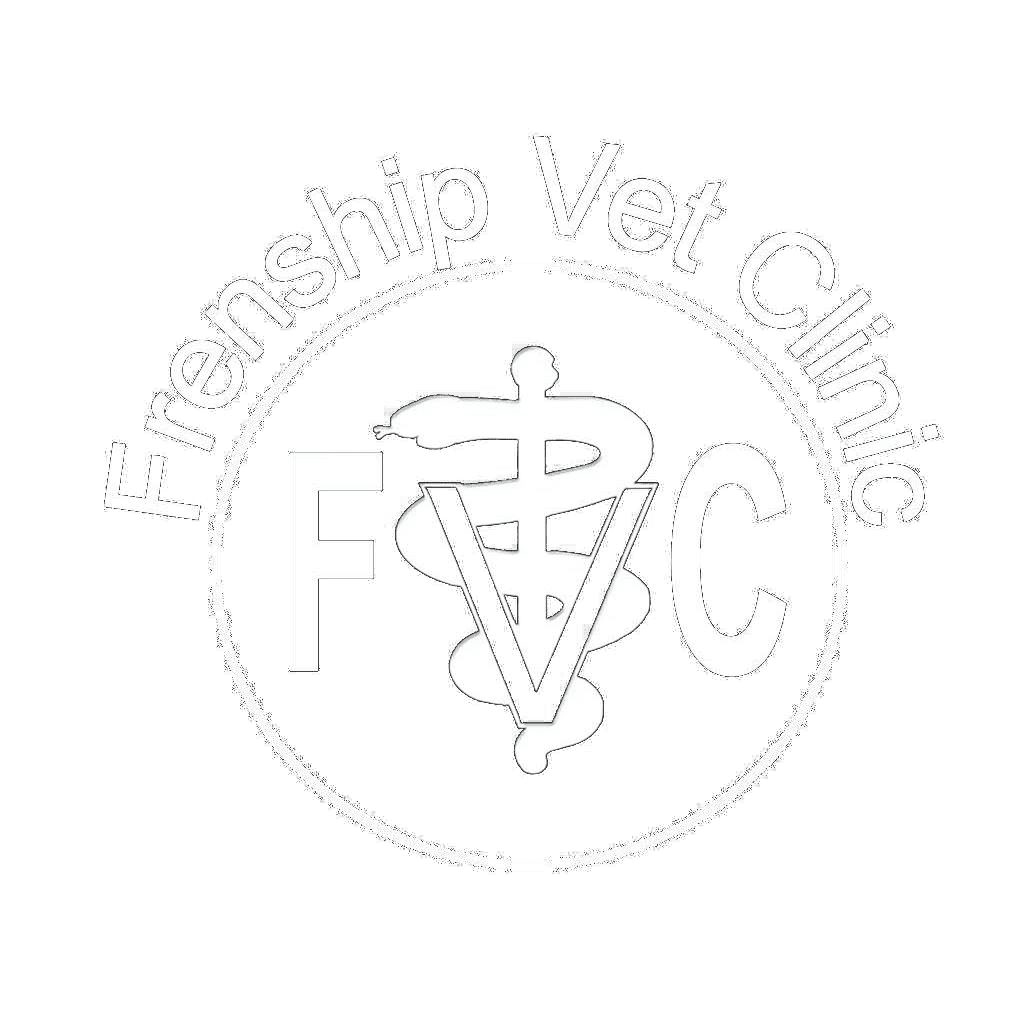The arrival of summer brings excitement for outdoor adventures, backyard barbecues, and extended playtime with dogs and cats. However, these warmer months in Texas also introduce significant health risks that can quickly turn enjoyable activities into dangerous situations. While we naturally think about protecting ourselves from sun exposure and dehydration, our pets face even greater challenges due to their limited ability to communicate distress and regulate body temperature. Frenship Vet Clinic has this guide for pet owners in Wolfforth to understand and implement effective safety strategies for summer weather.
Heatstroke: When Pets Overheat
While humans can efficiently cool themselves through sweating across their entire body surface, pets have very limited options for temperature regulation. Dogs depend almost entirely on panting to expel heat, while cats use behavioral strategies like seeking cool surfaces during peak temperatures.
This limited cooling capacity means that what feels like a pleasant hot summer day to us can quickly become overwhelming for our pets. A pet’s normal body temperature of around 100-102°F can escalate to dangerous levels within minutes under the right conditions. When internal temperature reaches 105°F or higher, multiple organ systems can begin failing due to heatstroke.
Early indicators of heat stress and heatstroke include rapid or labored breathing, excessive salivation, weakness, and unusual behavior like seeking cool surfaces or becoming unusually quiet. As the condition worsens, pets may experience vomiting, loss of coordination, and collapse. Certain factors increase vulnerability, including age extremes, obesity, dark-colored coats, and breed characteristics like shortened airways in bulldogs and Frenchies.
If you suspect overheating, act quickly but avoid extreme temperature changes that can cause shock. Move your pet to a cool area immediately. Offer small amounts of water if they’re conscious and able to drink. Contact your veterinarian immediately while implementing cooling measures.
Building Your Pet’s Summer Health Foundation
Effective summer safety begins well before temperatures peak, starting with comprehensive health assessments to identify any conditions that might increase heat sensitivity. Underlying health issues like heart disease and respiratory problems can significantly elevate your pet’s risk during hot weather, making early detection and management crucial for summer safety.
Vaccination protocols become especially important as summer activities increase exposure to other animals, insects, and environmental pathogens. Parasite prevention takes on heightened importance during summer months when fleas, ticks, and mosquitoes are most active. Year-round prevention programs have the most effective protection, but definitely make sure that your pet is on parasite prevention for warmer months if they aren’t already taking preventatives.
Adapting Your Pet’s Daily Routine in Summer
Summer pet care requires fundamental changes to daily routines, starting with activity timing. The period between around 10 AM and 5 PM typically presents the highest risk for heat-related problems, making early morning and evening hours optimal for walks, outdoor play, and exercise. Before any outdoor activity, test pavement temperature with your hand. If it’s too hot for you to comfortably touch for five seconds, it will burn your pet’s paw pads.
Pets should have access to fresh, cool water at all times, with multiple bowls placed throughout your home and yard. Adding ice cubes can make water more appealing while providing additional cooling. Monitor your pet’s drinking habits, as excessive consumption can indicate heat-related problems.
Creating comfortable indoor environments helps pets cope with temperature extremes. Make sure your pets have adequate ventilation and air conditioning access, particularly for pets left alone during work hours. Consider investing in cooling mats, elevated beds that allow air circulation, or even kiddie pools for dogs who enjoy water. You can find other helpful heat safety tips from AAHA.
Summertime Safety for Pets in Wolfforth, TX
Summer safety for dogs and cats requires dedication, planning, and constant awareness. By understanding your pet’s physical limitations and adapting routines appropriately, you can create wonderful summer memories while protecting their wellbeing. Take proactive steps to protect your pets this summer by scheduling a comprehensive wellness visit with Frenship Vet Clinic. We provide vaccinations, parasite prevention, and urgent care for cats and dogs in Wolfforth and from surrounding communities like Lubbock, Shallowater, and Ropesville. Book an appointment for your pet’s healthy summer.





